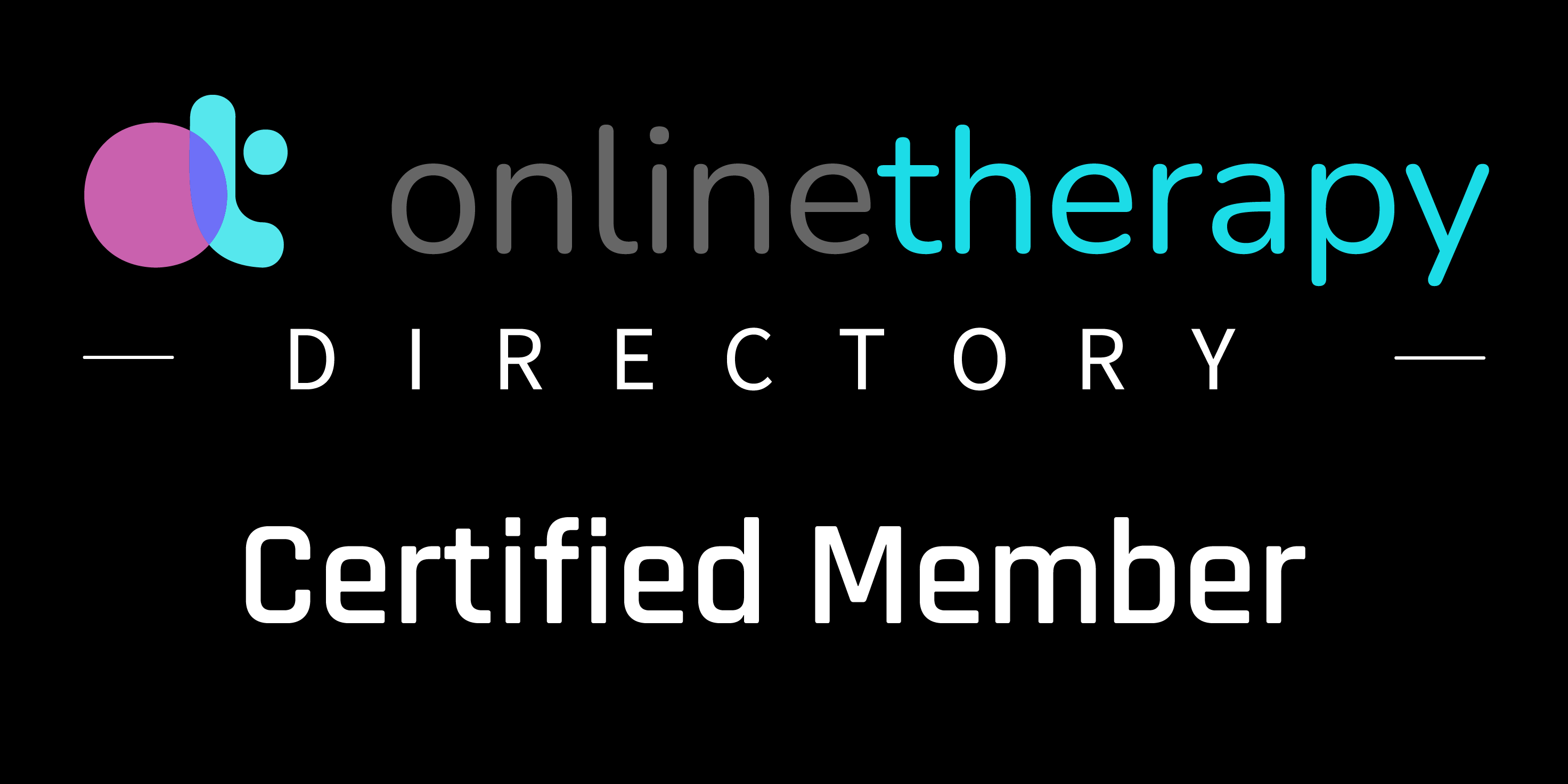If there is one thing all parents fear as their children begin school, it’s the question of how well they are learning to read. In my years as a psychologist, parents have shared more concerns about their children’s reading ability than any other concern. This is truer in the primary grades. Many parents are unsure of what learning to read looks like for younger children. So, I’ve prepared this short guide to reading to help you understand the process and how to ask questions of your child’s teachers and school.
How We Teach Kids to Read
Most primary teachers use what is called a “balanced literacy” approach to teaching reading. Balanced simply means that no one aspect of reading or teaching method dominates. Balanced means that children learn to speak, read, and write mostly at the same time. It will include some elements of phonics, sight word memorization, spelling, listening, and asking questions about what they are reading. Students practice reading silently, reading with a partner, and reading aloud to groups. Reading comprehension is built over time as vocabulary grows and children make connections between the text of a book and the world around them. When done right, balanced literacy can be an effective way for most children to learn to read and write.
What Reading Intervention Looks Like?
Most schools in Saskatchewan, and across Canada and the United States, follow what is usually called a “Response to Intervention” (RtI) model to figure out who may need extra help with reading. The idea is that if a child is not “responding” to what is currently being done in the classroom we need to change what is being done, and why it didn’t work. So, what should happen in this model? Here are a few things that should happen in every school for reading:
- Evidence-Based Instruction: all reading methods and strategies should be based on the science of reading, including neuroscience and how the brain learns to read.
- Universal Screening: every child should be assessed by a classroom teacher to ensure they have the basic skills for reading. Can they understand the sounds that make up words? Do they know the alphabet and some sight words? Can they quickly name common objects?
- Progress Monitoring: every child’s reading progress should be routinely assessed by a classroom teacher. This is often done using a “running record” where the teacher can note the types of mistakes a child is making, and how often they are making them. Is the child understanding what they are reading?
- Targeted Intervention: if a child isn’t making progress something more needs to be done. Information from the progress monitoring can help decide if a child needs extra practice recognizing letters, more practice working with sounds like rhyming, or increasing reading speed. This is in addition to what is already happening in the classroom and may be done with a specialist teacher.
Why Isn’t Intervention Working?
Even when a school does these things well, a child may still have trouble learning to read. Parents and teachers both want to know, why isn’t intervention working? There can be many reasons, including:
- Phonological processing difficulties where the child may have a problem being able to properly understand and work with the sounds that make up words.
- Visual processing problems where the child may have difficulty being able to separate the individual letters or words on the page.
- Memory difficulties where the child may need more time and practice before they fully master a new reading skill.
- Language and vocabulary development may not have kept pace with what is expected for the child’s age and cultural exposure.
- Attendance may have been inconsistent for several reasons, including in recent years concerns related to Covid-19.
- Attention and mental health concerns may be preventing a child from giving their best possible effort in class.
These challenges lie at the heart of most reading difficulties, but they can all be addressed.
What to do if Intervention Isn’t Working
It is important to not give up when your child is not responding to the interventions. There are a few things that should happen if your child continues to struggle with reading. If your child has problems past the end Grade 1:
- Keep open contact with your child’s classroom teacher and learning specialist.
- Have your child’s vision and hearing checked. It could be that simple. But problems with visual and phonological processing may be based in the brain rather than in the ears and eyes.
- Seek a comprehensive learning assessment by a qualified psychologist and, where necessary, a Speech-Language Pathologist.
- The school should continue with its targeted interventions until the results of the learning assessment provide further direction.
Early identification and intervention for reading problems are key. When quality intervention, based on a full learning assessment, is provided at the right time it can prevent long-term difficulties with reading.















